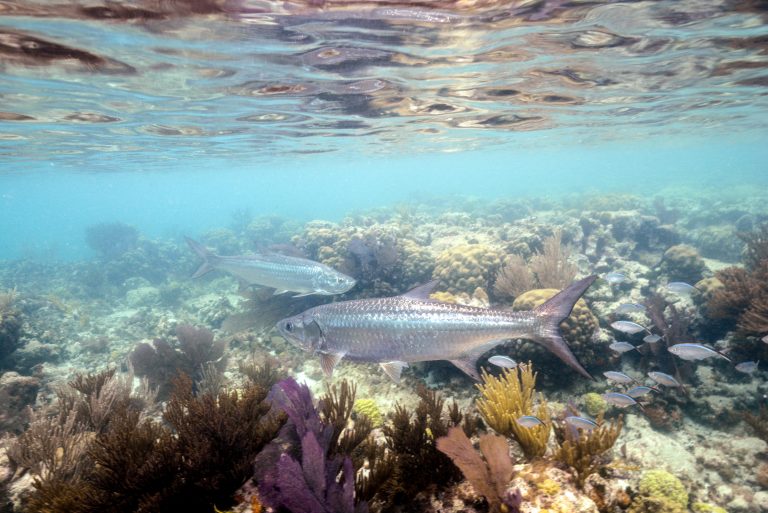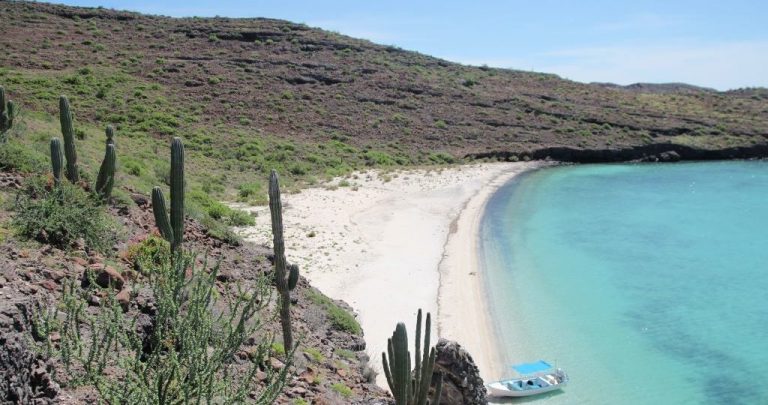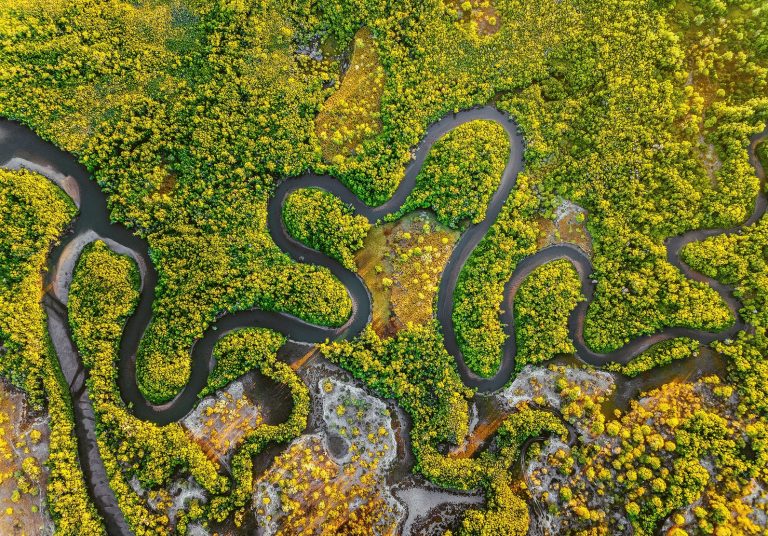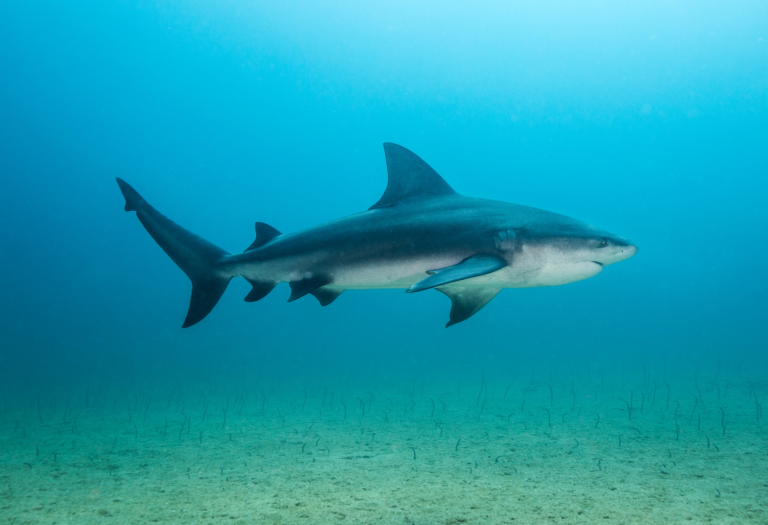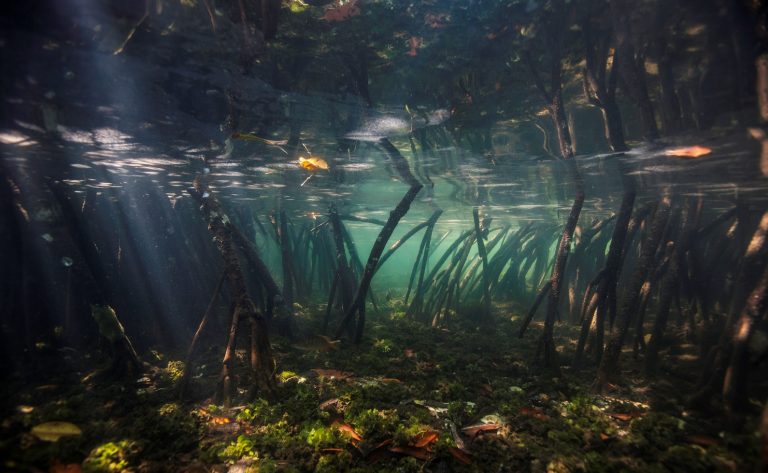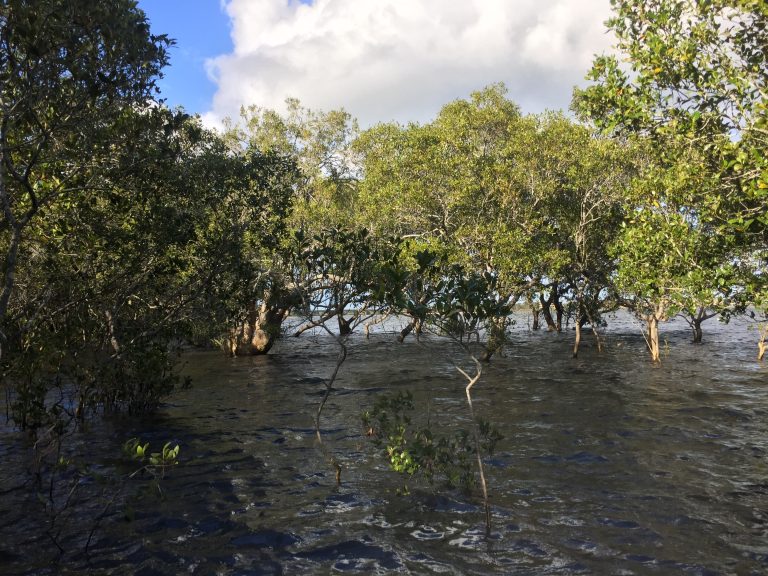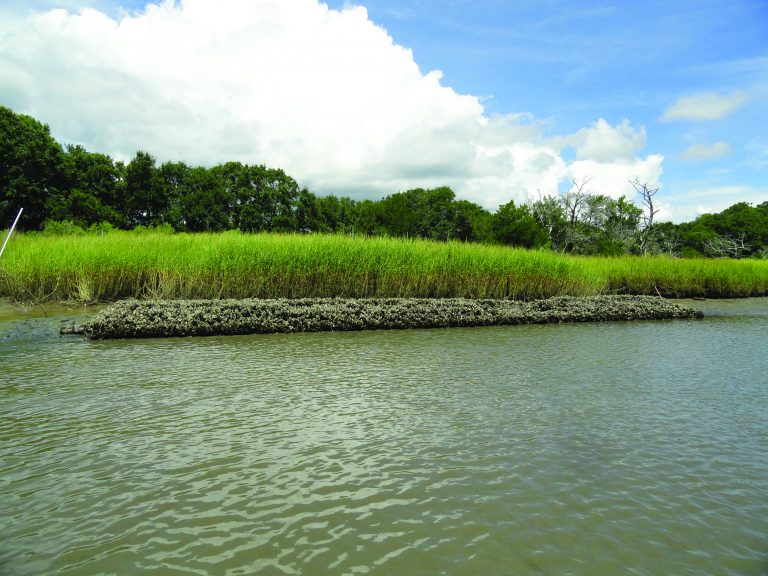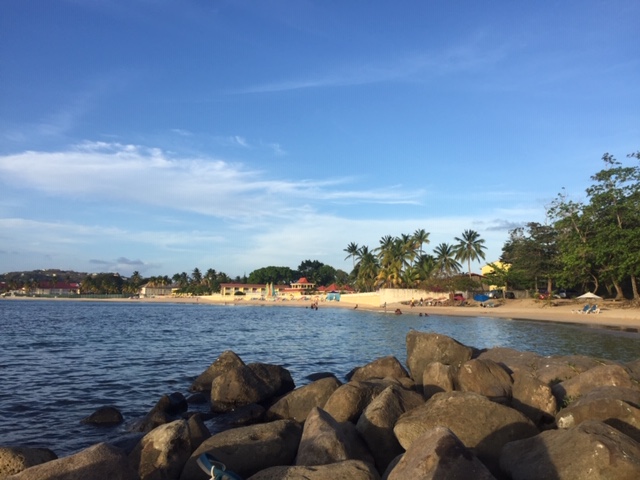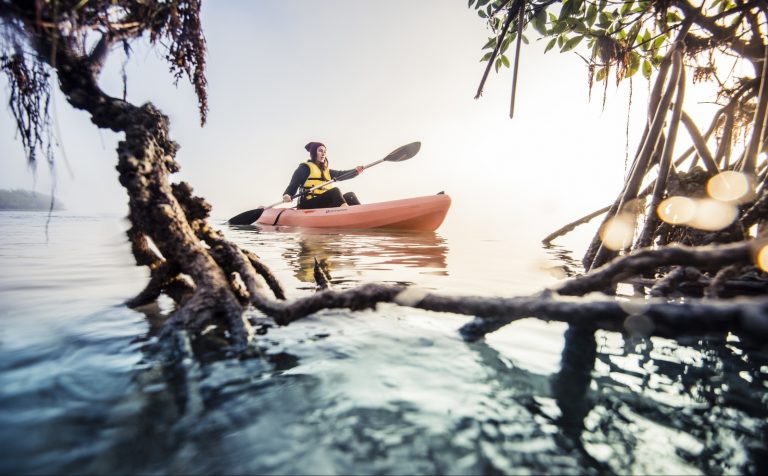Modelling and Mapping Fishing Impact and the Current and Potential Biomass of Coral-Reef Fishes in South Florida
The Nature Conservancy collaborated with Alastair Harborne’s Tropical Fish Ecology Lab at Florida International University to model and map cumulative fishing impact and reef fish biomass across the the 580 km (360 miles) of coral reefs along Florida’s east coast. The models and resulting maps provide key insights for assessing the potential benefit of conservation and management investments such as restoration and other protection activities.

